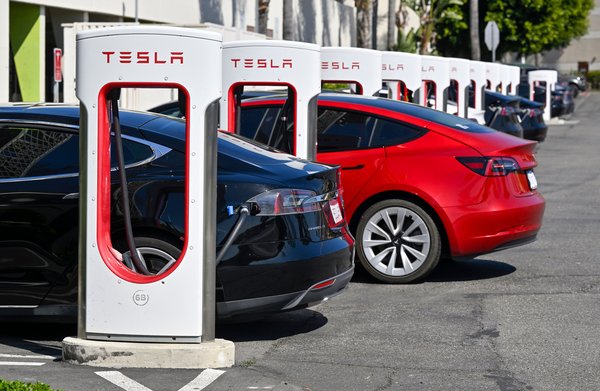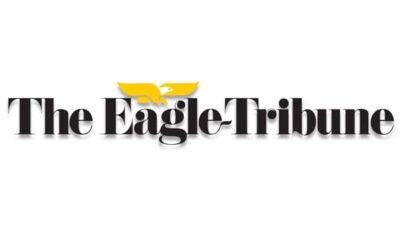Technology
Tesla Accelerates Plans for Robotaxi Service in San Francisco

Tesla is moving forward with plans to launch its self-driving ride-hailing service in the San Francisco area, which includes locations from Marin to San Jose. While the company is reportedly fast-tracking this initiative, passengers should not expect a fully autonomous ride just yet, as human drivers will still be behind the wheel during the initial phase.
This development comes as Tesla continues to refine its self-driving technology. The company aims to enhance its ride-hailing service by integrating advanced algorithms and real-time data to improve passenger safety and experience. As a leader in electric vehicles, Tesla’s entry into the autonomous ride-hailing market could significantly reshape urban transportation.
Service Launch and Operational Details
Tesla plans to initiate its robotaxi service in early 2024, with the San Francisco Bay Area serving as a key testing ground. The service is poised to allow customers to request rides via Tesla’s app, similar to existing ride-hailing platforms. However, the presence of human drivers means that the service will not be fully autonomous at launch.
The company’s approach reflects its commitment to safety and regulatory compliance as it navigates the complexities of self-driving legislation. According to Tesla’s CEO, Elon Musk, the goal is to transition to a fully autonomous fleet as soon as it is deemed safe and legally permissible.
This initiative is part of a broader trend in the automotive industry, where companies are racing to develop and deploy self-driving technologies. Tesla’s move to introduce a robotaxi service could put pressure on competitors, including traditional ride-hailing companies and other tech firms exploring similar services.
Market Implications and Future Prospects
The launch of Tesla’s robotaxi service could have far-reaching implications for both the ride-hailing market and the broader transportation landscape. With the potential to reduce traffic congestion and lower transportation costs, such services may appeal to a wide range of consumers.
Moreover, if successful, Tesla’s initiative could serve as a model for other cities and countries looking to adopt autonomous vehicle technology. The company’s ability to effectively integrate its electric vehicle fleet with advanced software is likely to be a critical factor in its success.
As the launch date approaches, stakeholders will be closely monitoring how Tesla navigates regulatory challenges and public acceptance of its robotaxi service. The company faces the dual challenge of ensuring safety while also meeting the high expectations associated with its brand.
In conclusion, Tesla’s plans for a self-driving ride-hailing service in San Francisco mark a significant step in the evolution of urban transportation. While the transition to fully autonomous vehicles will take time, the initial phase of the robotaxi service is poised to capture the attention of consumers and industry experts alike.
-

 Technology5 months ago
Technology5 months agoDiscover the Top 10 Calorie Counting Apps of 2025
-

 Health2 months ago
Health2 months agoBella Hadid Shares Health Update After Treatment for Lyme Disease
-

 Health3 months ago
Health3 months agoErin Bates Shares Recovery Update Following Sepsis Complications
-

 Technology4 months ago
Technology4 months agoDiscover How to Reverse Image Search Using ChatGPT Effortlessly
-

 Technology1 month ago
Technology1 month agoDiscover 2025’s Top GPUs for Exceptional 4K Gaming Performance
-

 Technology2 months ago
Technology2 months agoElectric Moto Influencer Surronster Arrested in Tijuana
-

 Technology5 months ago
Technology5 months agoMeta Initiates $60B AI Data Center Expansion, Starting in Ohio
-

 Technology5 months ago
Technology5 months agoRecovering a Suspended TikTok Account: A Step-by-Step Guide
-

 Health4 months ago
Health4 months agoTested: Rab Firewall Mountain Jacket Survives Harsh Conditions
-

 Lifestyle5 months ago
Lifestyle5 months agoBelton Family Reunites After Daughter Survives Hill Country Floods
-

 Technology4 months ago
Technology4 months agoHarmonic Launches AI Chatbot App to Transform Mathematical Reasoning
-

 Technology3 months ago
Technology3 months agoUncovering the Top Five Most Challenging Motorcycles to Ride




















